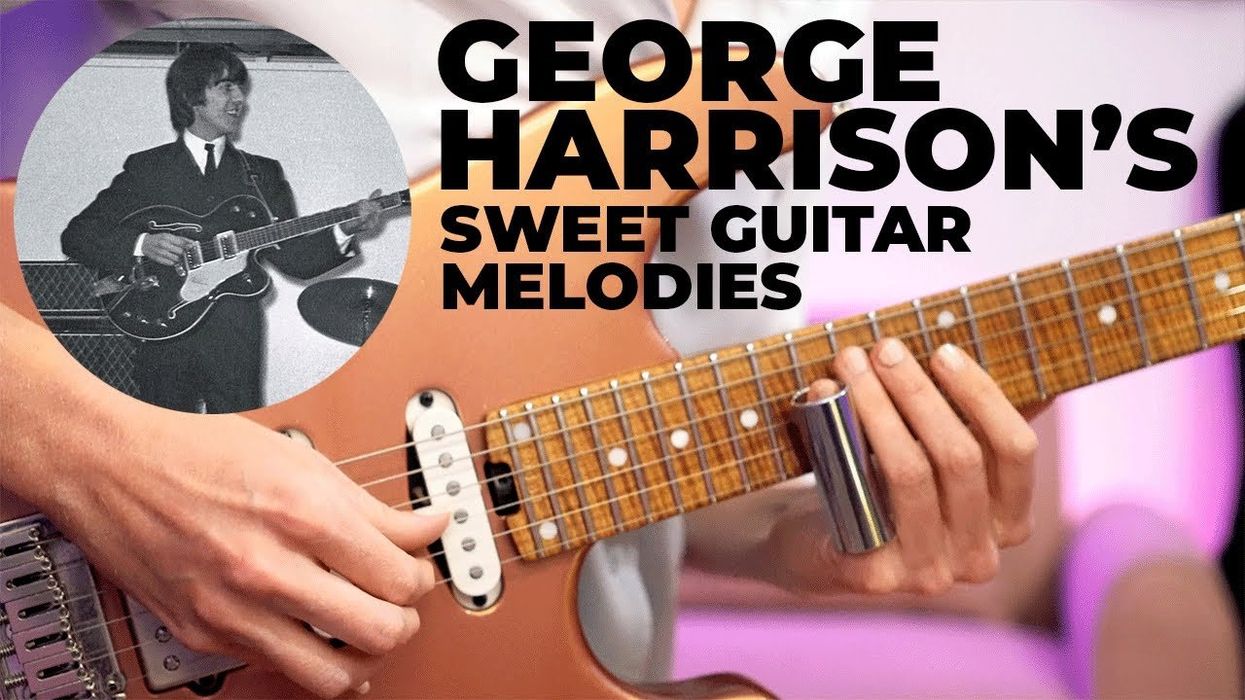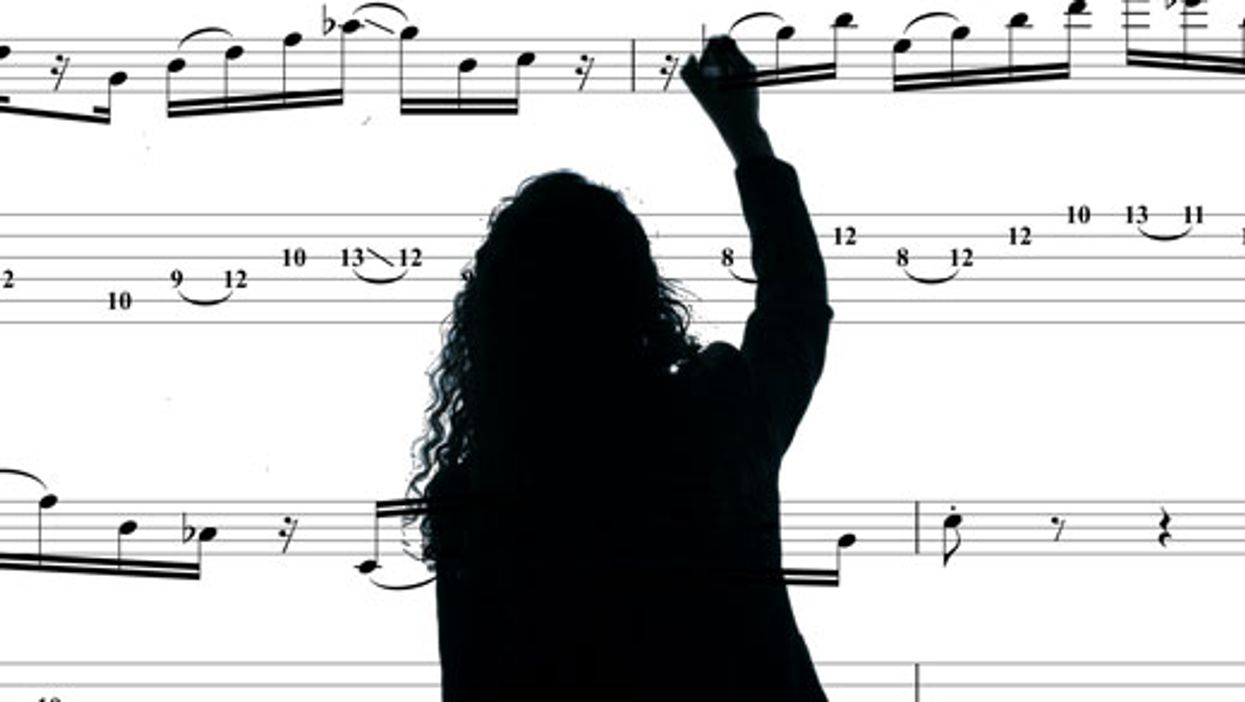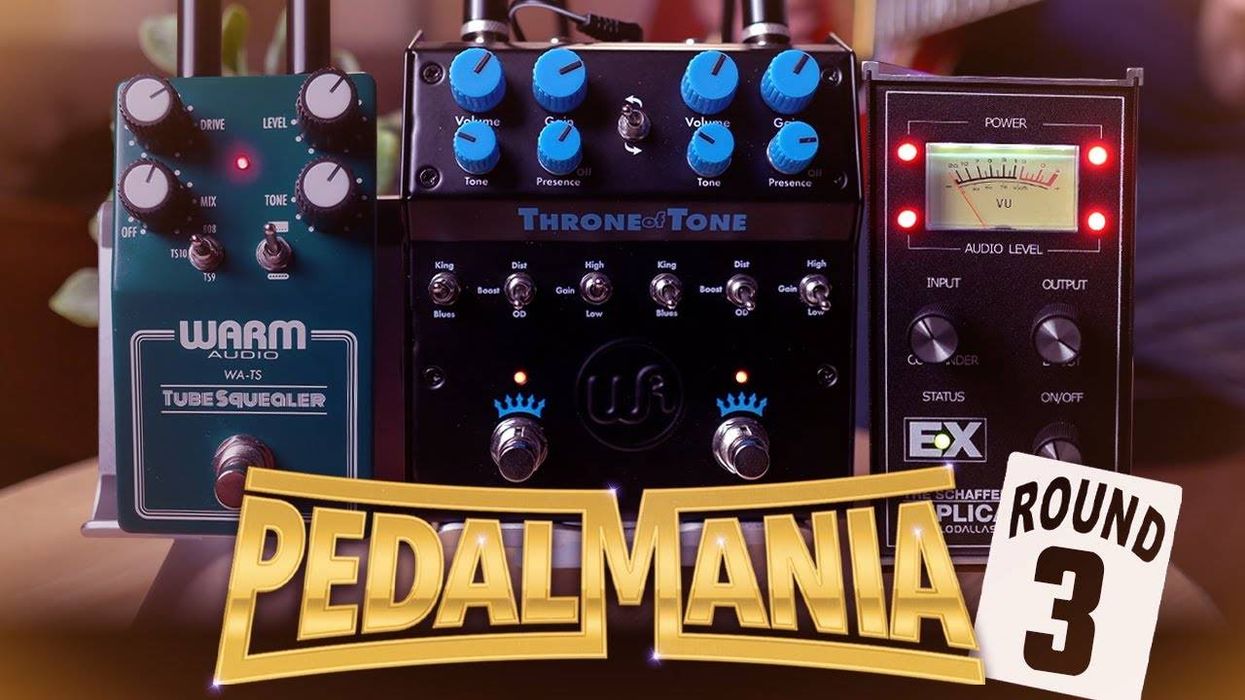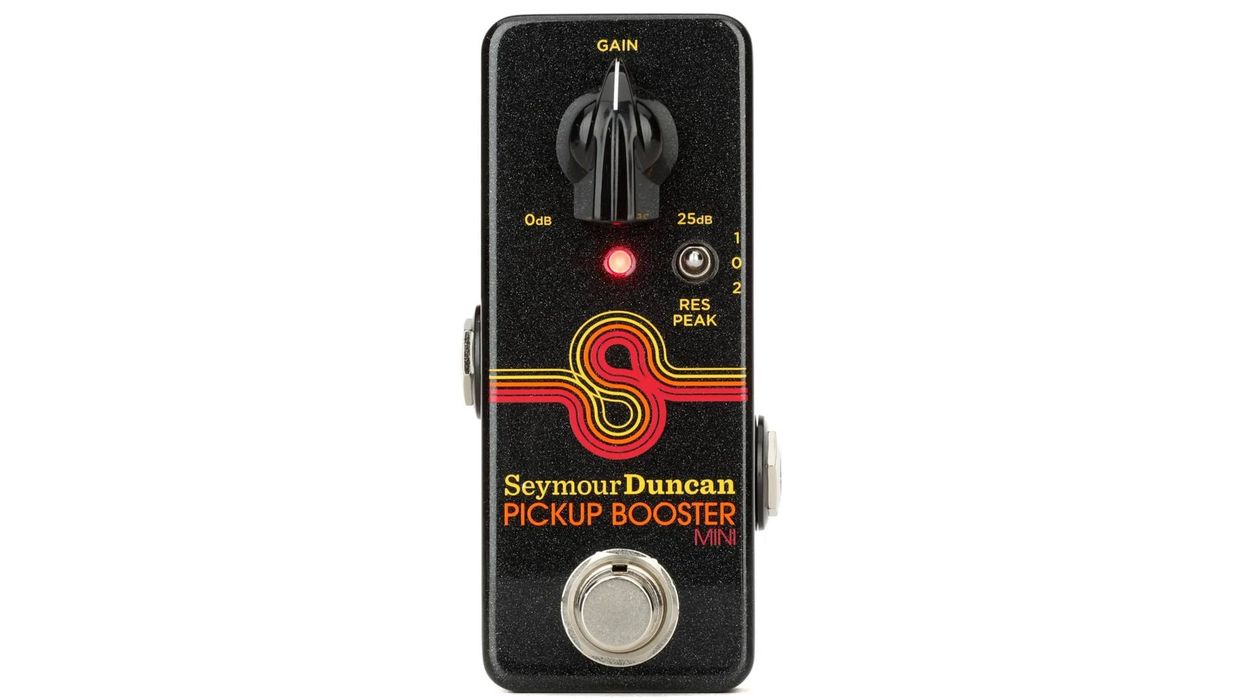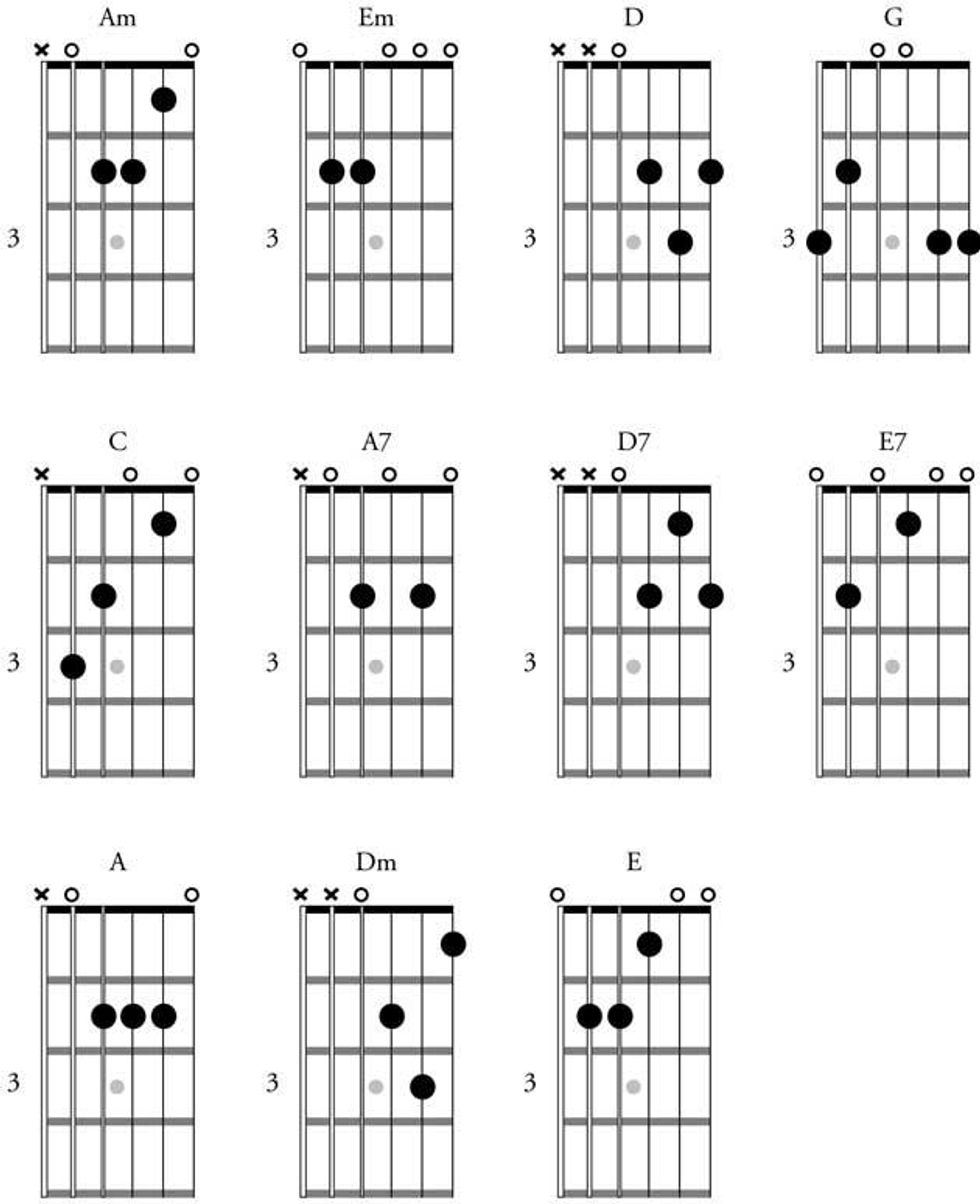Hey, welcome back to “Fierce Guitar.” I’m excited to be working with Premier Guitar and Greg Howe on this new series of columns; I’ve been a fan of both for a long time. I can’t tell you how cool it is to be working with Greg, and I look forward to what I’m going to learn from his side of the column.
I’ll begin with a few words on shred and what I think about it. I think first and foremost music is in the ears of the beholder; each person should make the music that makes them happy. The bottom line: it’s your music and your creativity, and as long as you’re happy who cares what any one else thinks—right? I believe if you sit around and contemplate what everyone else is going to think about your music you will never get anywhere. As the old saying goes, you can’t please all of the people all of the time. As long as you like it and have expressed yourself to the best of your ability, that’s good enough for me.
The other thing is that not everything sounds good at every tempo, so you can’t base your writing and creativity on that. Certain ideas are based on the musical impact of the moment. For example, if you take some of Malmsteen, Gilbert, Lane—or even the great Holdsworth’s most insane passages—and slowed them down to a two-digit metronome setting, you’ll probably think geez, these sound like exercises, hmmm… To me there’s nothing wrong with that, because that stuff wasn’t meant to be played slow. On the other hand, you could take some beautiful Bach melodies, or even something like Satch’s “Always with Me, Always with You,” and crank up the metronome to 250, and that’s just going to sound wrong.
So what is my point? Not everything was meant to sound great both fast and slow, so it’s okay if your most shredding licks don’t sound as musical slow as they do fast. Music is written at different tempos to create feeling and emotion, so don’t be afraid to express yourself that way.
Okay, let’s get down to some fierce licks! All of this month’s arpeggio examples are derived from the E Lydian flat-7 scale, which is mode four of B Melodic Minor. You can play each of these examples over the chord type designated or over something as simple as an E5 power chord or E major chord. You can also dig deeper by looking at the modes scale formula and coming up with some of your own chords. Here’s the formula: 1, 2, 3, sharp-4, 5, 6, flat-7, 8. Also remember when creating chords that a 2 is a 9, and a 4 is an 11, and a 6 is a 13—just one octave higher. Also a sharp-4 is enharmonically a flat-5.
Listen |  |
| Example 1 is an E7#11 arpeggio that is a four-note-per-string idea. We’re going to be using two fingers on the fretting hand and two on your tapping hand (identified as t2 and t3). For those unused to tapping with more than one finger, you can take the first four notes and make a drill out of it until you feel comfortable with the rolls involved. | |
Listen |  |
| Example 2 is an E13#11 arpeggio. This one is all sweeping except for a couple of hammer-ons and pull-offs. | |
Listen |  |
| Example 3 is an E7#11 arpeggio. We’re going to sweep this one also, with a position shift on the D string. | |
Listen |  |
| Example 4 is E9 flat-5 arpeggio. This one has the same shift on the D string. | |
Listen |  |
| Example 5 could be considered E9 flat-5, but it’s a little vague in its tonality because it’s not played like a normal arpeggio—in an ascending and descending manner. This one also has a unique sweeping approach where the top and bottom notes get picked twice. | |
Rusty Cooley
Rusty Cooley has been playing and teaching for over 20 years, and has recorded as a solo artist, with his band Outworld, and keyboardist Derek Sherinian. He has six instructional DVDs and a signature model 7-string guitar, the RC7 by Dean Guitars. Visit Rusty online at rustycooley.com


